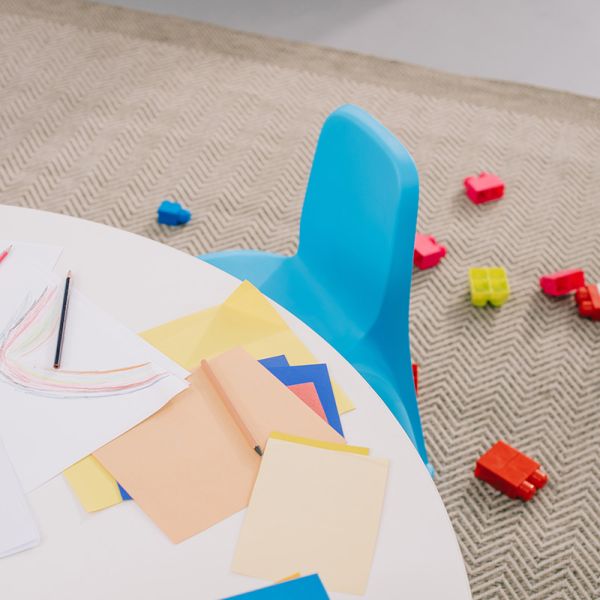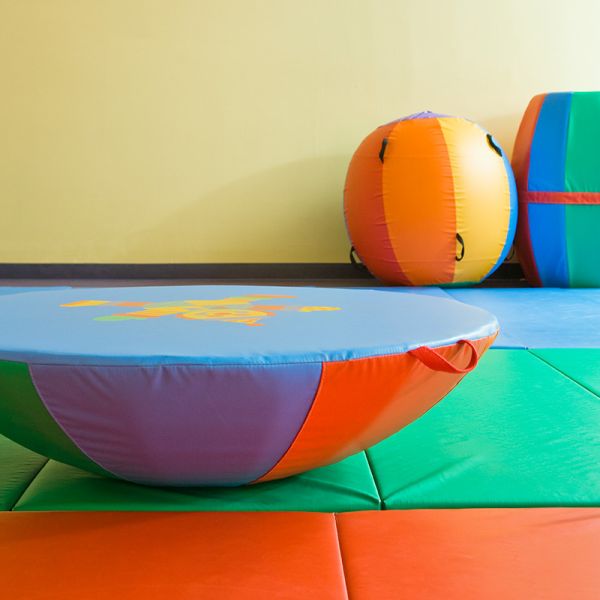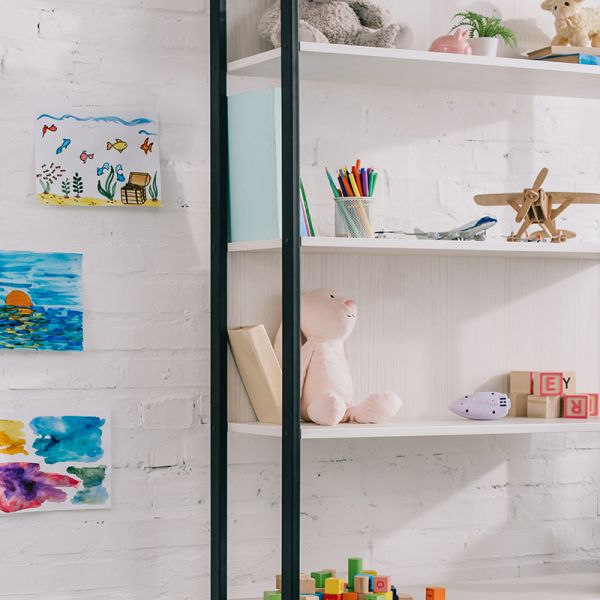Child Care Design Guide For 2024
The design of child care facilities plays an important role in shaping the environments where our youngest minds grow and explore. As we look forward to 2024, child care design continues to push the boundaries, using innovative design concepts with the fundamental needs of safety, learning, and play. This guide on child care design looks into the essential requirements, layouts, and considerations in creating child care centres that are not only functional but also nurturing and stimulating for children. Through careful planning and collaboration with skilled designers, it’s possible to create spaces that support the developmental needs of children while meeting the operational needs of providers.
Child care design requirements
Child care design includes more than aesthetic appeal. It requires an understanding of the developmental needs of children to create a stimulating learning environment. Key elements include safety, accessibility, and the creation of diverse learning spaces that allow age-appropriate activities. Safety is most important, with designs using non-toxic materials, secure entry points, and equipment that meets safety standards for a daycare centre. A focus on accessibility in child care design makes sure that all children, including those with disabilities, can navigate and enjoy the facility.
Sustainable child care design is important, with an emphasis on natural light, energy-efficient buildings, and outdoor spaces that encourage connection with nature. Childcare facilities must also meet strict regulatory standards in line with commercial buildings, with child care design stages often including the preparation of a development application that complies with local childcare space guidelines.
A balanced child care design creates environments in day care centres that are stimulating and calming, with areas for active play, quiet reading, and creative exploration. This balance supports a range of developmental activities important for early childhood learning. Also, the child centre design must facilitate efficient operation, with functional spaces for staff and comfortable environments for parent-child interactions.
Child care centre design layouts
The layout of a child care centre is key to its success, influencing the daily experience of children, staff, and families. Effective layouts for centre design consider the flow between different activity zones, making sure that children can move freely and safely between indoor and outdoor play areas, dining spaces, and restrooms. Separation of age groups is also important, allowing for tailored environments that cater to the developmental stages of infants, toddlers, and preschoolers.
Designing for flexibility is key in a childcare centre design, with multi-use spaces that can adapt to various activities and learning activities. This might include movable furniture, adjustable lighting, and modular play equipment. Outdoor areas are also important for child care centre layouts, offering opportunities for physical activity, exploration, and learning about the natural world.
Daycare design and building designs often include visual transparency, allowing staff to supervise children effectively across different areas of the centre. This design element also creates a sense of openness and connectivity within the space, promoting interactions among children and between children and their caregivers.
Using design elements that reflect the local community and cultural diversity can improve the sense of belonging and identity for children and families. These can include artworks, materials, and architectural features that celebrate local traditions and environments. These are all important considerations in design for child care.
Finding the right child care centre designers
Selecting the right designers for your child care centre project is important. Look for professionals with extensive experience in early childhood facility design, as they will bring knowledge about regulatory requirements, innovative design solutions, and best practices in creating nurturing environments for children.
When exploring potential designers, consider their portfolio of completed childcare projects. This will give you insight into their design aesthetic, their ability to create functional and compliant childcare spaces, and their experience with sustainable and child-centric design principles.
Initial planning meetings are an opportunity to assess the designers’ understanding of your vision and their capacity to translate it into a design that meets your objectives. Discuss their approach to balancing design elements, creating comfortable and clean environments, and using features that support children’s development and well-being.
The right designers will demonstrate technical skills and creativity but also a commitment to creating spaces that positively impact children’s early learning experiences. They should be willing to collaborate closely with you through all design stages, from concept development through to the completion of the project. This will ensure the final outcome lines up with your vision and the needs of the children and families you serve. Child care facility design shouldn’t just be a one-size-fits-all approach. It should involve collaborating on captivating design solutions together. Together, is how you end up with the best childcare centre design plans.
Summary
The design of child care centres and any childcare environment emphasises safety, sustainability, and spaces that inspire learning and creativity among young children. From meeting design requirements to creating layouts that foster development and exploration, the importance of thoughtful, child-centric design cannot be overstated. Engaging experienced child care centre designers is crucial in bringing these spaces to life, It will make sure that every aspect of the design supports the well-being and development of children.
As child care providers work to create environments for children to grow and thrive, the role of innovative and compliant child care design becomes more essential. Through careful planning and collaboration with skilled professionals, providers can develop functional, welcoming, and stimulating child care facilities that stand for early childhood education in their communities.
Designing a child care centre that nurtures and inspires is our specialty. Let us help you create a safe, stimulating childcare centre environment that children love and parents trust. With a focus on innovative, child-centric design, we’re committed to transforming your vision into a vibrant space for learning and growth. Start your child care centre’s transformation by getting in touch with us today!



